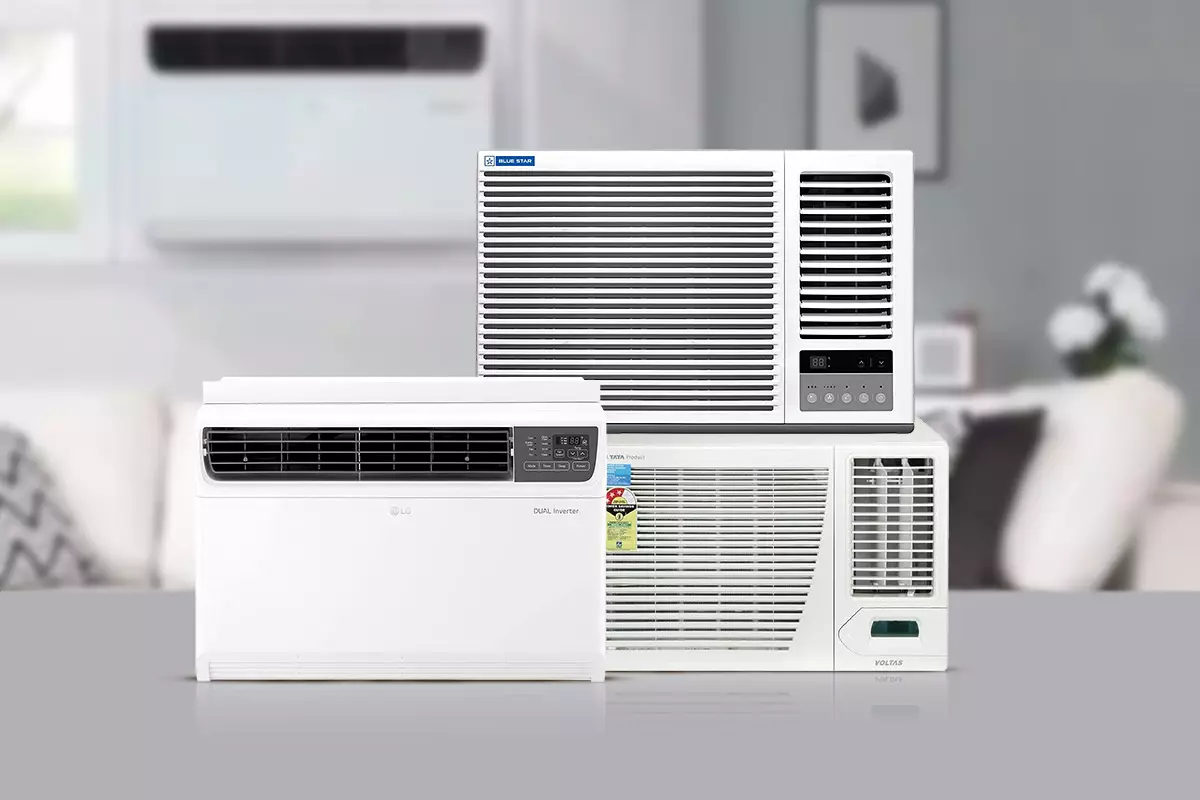In a climate where summers grow increasingly oppressive, the rush to buy air conditioners is understandable but warrants a skeptical eye. The market is flooded with options promising relief, but many of these products are more about marketing than genuine innovation. Brands like Voltas, Godrej, Lloyd, Carrier, and Haier flood the market with models that, on paper, seem suitable for budget-conscious consumers. However, behind the glossy advertisements lies a complex web of compromises—energy efficiency claims, durability, and actual performance often diverge from promises made. These AC units, while seemingly affordable, often mask a reality where their true cost of operation—be it energy bills or maintenance—may stretch beyond initial expectations.
It’s essential to understand that many of these models rely heavily on their supposedly “advanced” features such as Turbo modes, auto-restart functions, and gold-standard filters. But superficial features don’t always translate into real-world efficiency or durability. Turbo modes, marketed as quick coolers, tend to strain the compressor, leading to early wear and often higher electricity consumption. Similarly, filters—though branded as “superior”—may not be as effective at filtering air-quality issues harmful to vulnerable populations. The promises of “ultra silent” operation are frequently exaggerated, neglecting that larger or poorly maintained units still generate significant noise levels that can disturb sleep or work-from-home activities. Consumers need to scrutinize these features rather than getting enamored with their marketing gloss.
Questionable Durability and Maintenance Promises
The superficial focus on features like copper coils and anti-corrosion coatings provides a false sense of security, but the actual longevity of these components depends on local conditions, usage habits, and timely maintenance. For example, anti-corrosion coatings like Blue Fin and Hydro Blue are marketed as miracle solutions for humid climates, yet in reality, they deteriorate over time, especially if the unit is not cleaned regularly. The assertion that a unit will operate flawlessly for years because of these coatings ignores the basic truth that all mechanical parts require proper upkeep.
More worryingly, several models tout self-diagnosis and maintenance alerts, which in theory should benefit consumers. However, these are often overly sensitive or prone to false alarms, leading to unnecessary service calls or ignored warnings due to inconvenience. Consumers are left with the false hope that these high-tech features will save time and money but often end up with units that require professional repairs sooner than expected, raising questions about the true quality of these “value” models.
Environmental Impact and Energy Efficiency—Do These Models Deliver?
While many brands push their three-star BEE ratings as a badge of honor, these ratings often underplay the broader environmental impact. A careful critique reveals that units with modest star ratings consume significant amounts of electricity over a season, pushing electricity bills through the roof—a hidden cost that often negates initial affordability. Furthermore, the environmental toll of manufacturing these appliances, especially those with non-inverter compressors, should not be glossed over. Non-inverter models, which are supposed to be more budget-friendly, tend to consume up to 40% more energy, contradicting their initial price advantage.
The environmental logic also spills into functionality—models claiming to operate in extreme temperatures (up to 54°C, as some boast) may do so initially but are likely to suffer from faster wear and tear under such conditions. Ultimately, consumers should question whether these supposedly “high-performing” units are truly sustainable, or if they are contributing to the broader climate crisis by encouraging wasteful, energy-intensive cooling.
Are these AC units truly the best option for everyday consumers?
Given the hazardous impact of climate change, the cultural obsession with cheap and fast cooling increasingly appears shortsighted. These budget-friendly models often serve short-term needs but at a long-term cost that is economically and environmentally unviable. It’s time we critically examine whether the emphasis should be on cutting initial costs or on investing in energy-efficient, durable solutions with a longer lifespan.
The sheer volume of options makes the purchasing process overwhelming, but consumers must prioritize quality, sustainability, and genuine reliability over superficial features. Instead of falling for clever marketing that promises convenience and comfort, we should demand transparency, durability, and a lower environmental footprint. Only then can we challenge the culture of disposable appliances and embrace smarter choices that serve both people and the planet better.


Leave a Reply